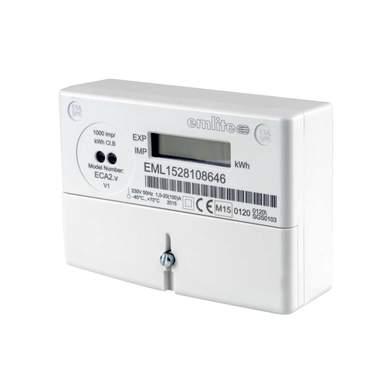I'm a rusty 16th edition retired spark. At home I'm aiming to send power to my outbuilding for a couple of lights and one 13A socket.
I have a few people that come informally & use my outbuilding to keep & look after their animals. They could do with some light to see by, and maybe the facility to charge a mobile phone or boil a kettle.
There's no requirement for anything else (no heavy machinery etc) as when something like that's required, I tend to just use a portable generator.
I'm on a TNCS supply from a local 11kv 3ph pole transformer which is situated right behind my outbuilding. I can see my house's feed cable run down the pole & pick up 2 connections from the transformer. In the house at the DNO's incomer block, I managed to accost an ENWL van guy who kindly broke the seal for me & remade it once I'd had a look.. I could see the incomer cable come in and split the armour off into N & PE, and one core be used for L.
After much poking around the internet & racking my brains from the past, I figured the best way in my circumstance between exporting the DNO's PE & the house's equipotential zone, and doing a local TT at the outbuilding, was to drive a nice earth rod at the outbuilding & TT it.
I'm ready to be advised otherwise by those more current!?!
But my main question is regards a mechanical "Smith" coin-operated supply meter I have. I notice it has two things that in combination worry me a bit:
1. A metal dial that the user is supposed to insert a coin into a slot then turn a lever
2. No method of attaching a PE that I can see
It's just, Live in, Live out.. Neutral in, Neutral out (Neutrals commoned)
These were extremely commonplace meters for a long time & I bought mine quite recently from a fairly large reputable electrical factors as a 'refurbished' item (they seem to have quite a large stock of them)
I'd just like to ask the forum's opinion on whether this meter is acceptable within regs for my intended use.
If I did use it I suppose I would have to strap the TT rod earth straight past it into the outbuilding's CU? Only way to actually earth it I can see would be to drill and tap the case & attach a lug, even then, there's be no guarantee I'd be earthing all the bits people would actually be not just touching accidentally in passing, but probably mauling with in active frustration
Should I in fact, throw it in the bin and get something different (or just allow free brews)
And am I right with TT'ing the whole shebang..
Thanks
I have a few people that come informally & use my outbuilding to keep & look after their animals. They could do with some light to see by, and maybe the facility to charge a mobile phone or boil a kettle.
There's no requirement for anything else (no heavy machinery etc) as when something like that's required, I tend to just use a portable generator.
I'm on a TNCS supply from a local 11kv 3ph pole transformer which is situated right behind my outbuilding. I can see my house's feed cable run down the pole & pick up 2 connections from the transformer. In the house at the DNO's incomer block, I managed to accost an ENWL van guy who kindly broke the seal for me & remade it once I'd had a look.. I could see the incomer cable come in and split the armour off into N & PE, and one core be used for L.
After much poking around the internet & racking my brains from the past, I figured the best way in my circumstance between exporting the DNO's PE & the house's equipotential zone, and doing a local TT at the outbuilding, was to drive a nice earth rod at the outbuilding & TT it.
I'm ready to be advised otherwise by those more current!?!
But my main question is regards a mechanical "Smith" coin-operated supply meter I have. I notice it has two things that in combination worry me a bit:
1. A metal dial that the user is supposed to insert a coin into a slot then turn a lever
2. No method of attaching a PE that I can see
It's just, Live in, Live out.. Neutral in, Neutral out (Neutrals commoned)
These were extremely commonplace meters for a long time & I bought mine quite recently from a fairly large reputable electrical factors as a 'refurbished' item (they seem to have quite a large stock of them)
I'd just like to ask the forum's opinion on whether this meter is acceptable within regs for my intended use.
If I did use it I suppose I would have to strap the TT rod earth straight past it into the outbuilding's CU? Only way to actually earth it I can see would be to drill and tap the case & attach a lug, even then, there's be no guarantee I'd be earthing all the bits people would actually be not just touching accidentally in passing, but probably mauling with in active frustration
Should I in fact, throw it in the bin and get something different (or just allow free brews)
And am I right with TT'ing the whole shebang..
Thanks









